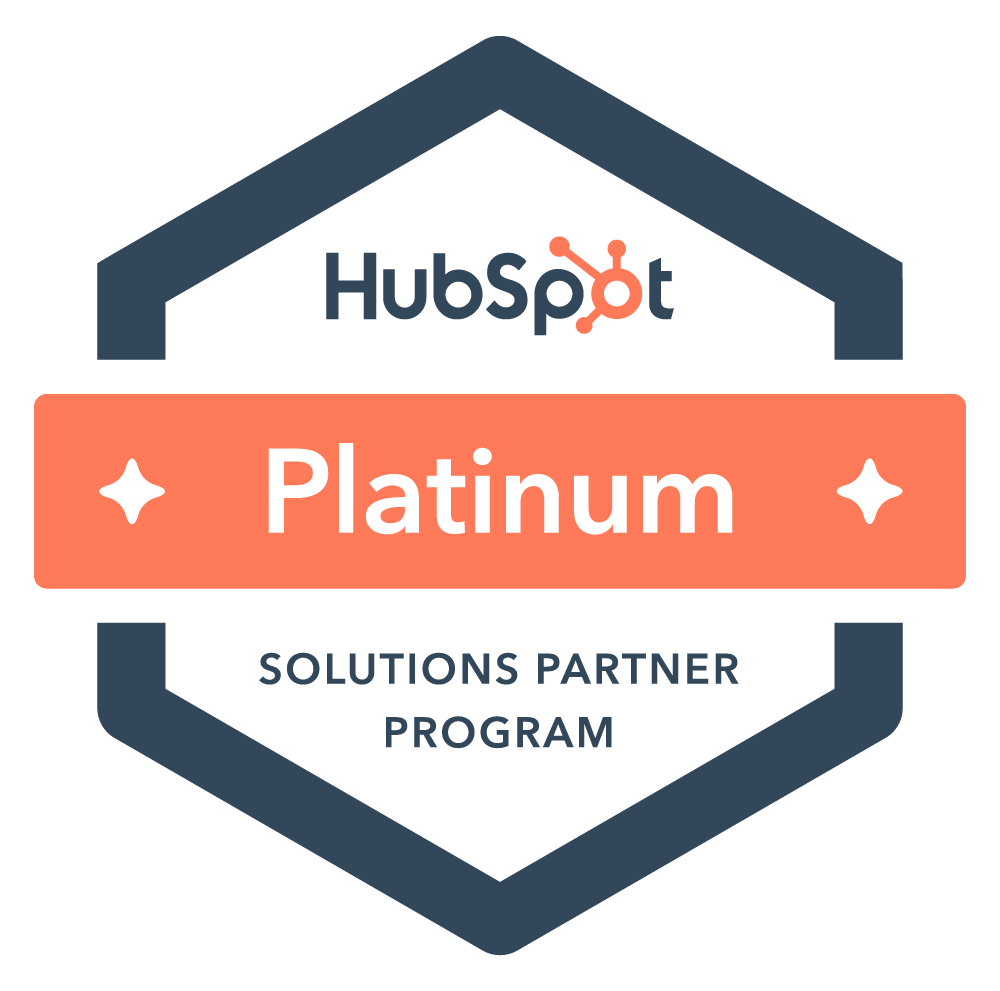Getting prospective customers interested in your offering is one thing, but getting them to make the leap to purchase is a whole different matter. A lot of groundwork goes into preparing customers to buy, but the rewards are well worth it. Let’s find out what it takes to supercharge your conversion funnel.
According to the Online Marketing Institute, it can take 7 to 13 (or even more) interactions with your brand before a potential customer converts into an actual customer.
The journey from ‘just browsing’ to ‘buyer’ can be complex, which is why the concept of a conversion funnel is so useful.
What is a conversion funnel and why do I need one?
Simply put, a conversion funnel is the sequence of steps your prospects take to become first-time customers.
The value of a funnel lies in how it helps you visualise the flow of the conversion process. By extension, that means you can see how many customers are moving through the funnel and where they’re dropping off, enabling you to plan your marketing efforts around different stages of the customer’s journey.
As Prestige Marketing explains, all conversion funnels have the same three parts:
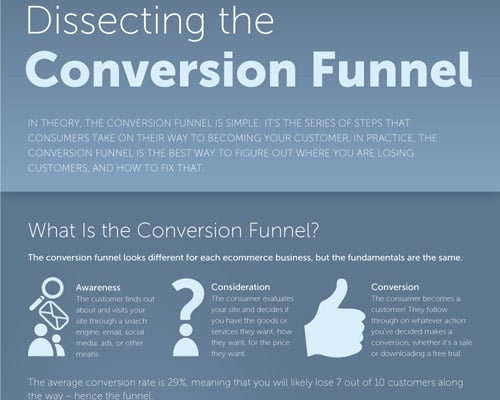 Step 1: Awareness
Step 1: Awareness
Prospects discover your brand and visit your site for the first time.
Step 2: Consideration
Prospects take a deeper look into your brand and evaluate if it’s a good fit for their needs.
Step 3: Conversion
Prospects decide to engage with or buy from your brand for the first time.
What the conversion funnel of an eCommerce businesses looks like
Smart Insights has a useful breakdown of what the typical conversion funnel looks like for an eCommerce business. 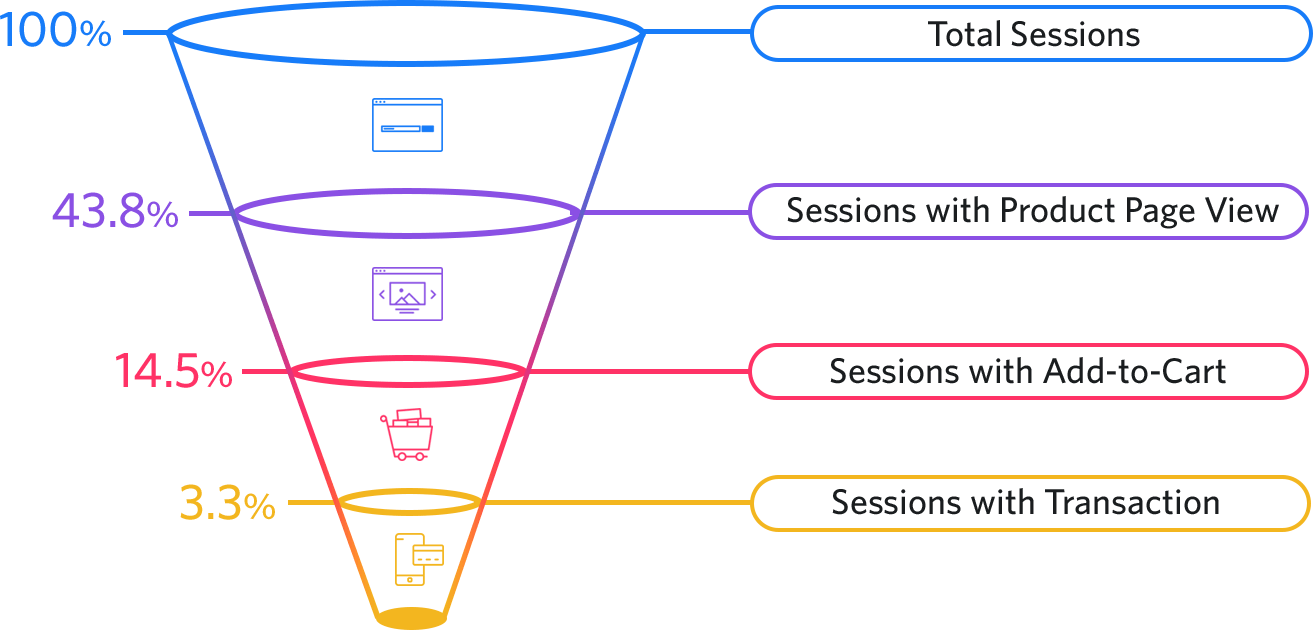 The percentages listed above are useful indicators for the health of your conversion funnel. As expected, there’s a huge drop off between the consideration and conversion stages. In other words, you may be able to get a lot of interested customers, but relatively few of them will become buyers.
The percentages listed above are useful indicators for the health of your conversion funnel. As expected, there’s a huge drop off between the consideration and conversion stages. In other words, you may be able to get a lot of interested customers, but relatively few of them will become buyers.
Let’s dive deeper into how to set up each stage of our conversion funnel to maximise our chances of success.
Step 1: Awareness
This is the first time your customer will be seeing your brand. Now, this is the important bit: this is not a sales opportunity. The goal here is to get their attention, win their trust and keep them coming back.
Our criteria for conversion at this time shouldn’t be a sale, it should be a repeat visit. Or better yet, an email subscription. It’s far easier to convert a visitor to a subscriber first and then into a customer, instead of pushing the sale right off the bat.
Here’s what Nicole Johnson, the owner of The Baby Sleep Site, says about this approach:
“We use email marketing to convert contacts to buyers by sending them a series of free content emails as well as emails describing how we can help and what is involved in our process.”
- Nicole Johnson, owner of The Baby Sleep Site
Step 2: Consideration
Now that you have their email addresses, that means we can go all-in on the sales pitches, right? Only if you want them to smash the ‘unsubscribe’ button at lightning speed.
They may have subscribed, but that doesn’t mean they’re ready to buy.
What they are is curious. We need to nurture their curiousity. We need to share more content to show that we understand their pain. That’s the key to nurturing the fragile trust we’ve established with them.
HubSpot does this really well. They break down the whole consideration stage into a series of micro-conversions. At each step, they gather a little more information about you and lead you, step-by-step, to the point of final conversion – a free trial.
Let’s examine their process a little more closely. When you first subscribe, you’ll receive regular updates from the HubSpot blog. Occasionally, they’ll send you an eBook that not only helps you solve a certain problem, but also positions them as the best way to go about solving that problem.
To download the eBook, they direct you to a landing page pre-filled with the info you shared at sign up, such as your name and email address. They’ll also invite you to share a little more information, like your place of employment and job title.
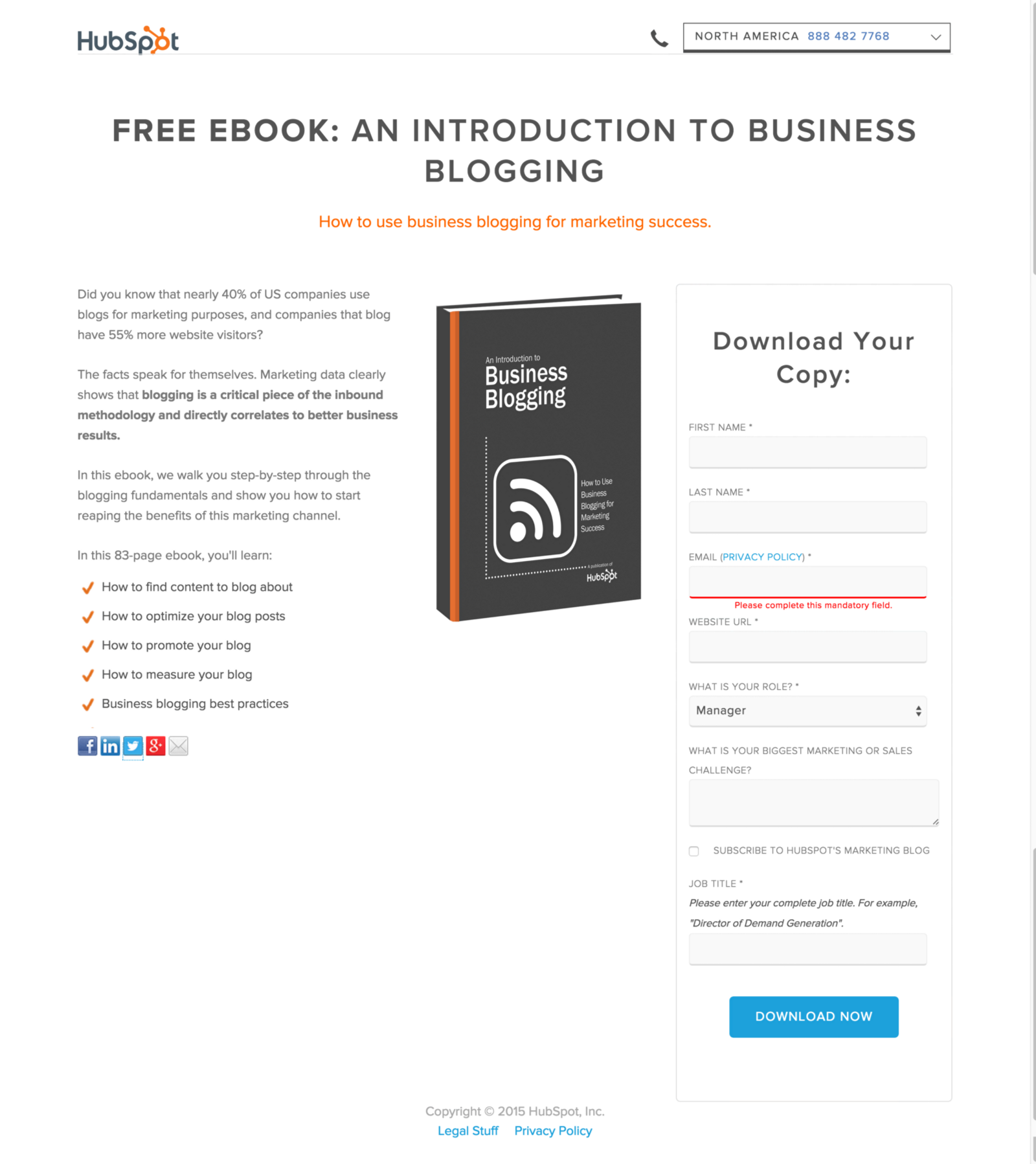
At no point in this scenario is HubSpot trying to get you to buy anything. However, they have already achieved several micro-conversions and gotten you invested in their brand through ebooks and demos.
The consideration stage for your customers doesn’t need to be as elaborate as Hubspot’s, but the same basic principles apply. Don’t optimise for sales. Optimise for little buy-ins that build trust. Keep rewarding them for taking little actions, like clicking through to a blog post or downloading an ebook. Gradually they’ll move to the point of final conversion: a free trial or purchase.
Which brings us to the real money-maker: step 3.
Step 3: Conversion
Finally, it’s time to make a sale! The customer has bought into your brand, understands your offering, and may even have tried it out. Let’s make that sale happen.
Just remember, your customer is human. Humans generally do not like parting with money. The key to winning the sale is to not only demonstrate your value and credibility but to also reassure them of their decision.
Many customers have last minute doubts, that’s only natural. But to keep them from dropping out entirely, we have to be proactive in reaching out to them. A human touch goes a long way here. Offer to jump on a call with them. They may not avail the option, but it will reassure them to know there’s a real person at the other end they can speak to. If they do call, it’s the perfect opportunity to talk to them about their concerns and how your brand can help.
Instant messaging is also a great way to automatically trigger a chat with any prospects that look like they’re about to bounce.
Intuit, the maker of Quickbooks, saw great results by using exactly this approach. They increased conversions by 211% by using live chat.
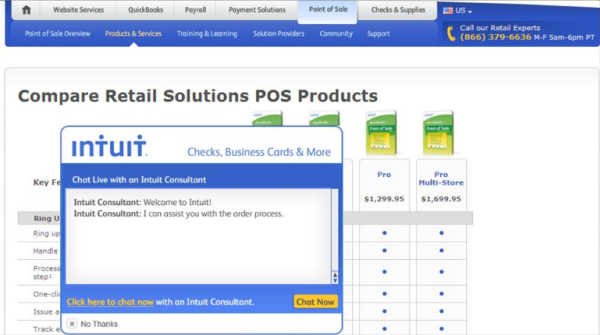
They realised the “Review Your Order” and “Product Comparison Pages” were some of the pages with the highest purchase intent, and that’s where they connected with the customer directly.
This simple tactic increased their average order value by 43% compared to when chat wasn’t used and delivered a 20% increase in conversion rates.
At this point in the conversion funnel, the prospective customer is ready for the sales pitch. You’ve already done the groundwork and gotten them invested by successfully guiding them through micro-conversions to the point of the big sell. Now all you need is an optimised pitch and a solid call to action for the customer to close the sale.
Making the conversion funnel seamless
When working on your conversion funnel, always keep in mind what stage your prospective customer is at. If there’s a disconnect between what they are expecting and what you’re presenting to them, your conversion rates will pay the price.
Just remember, focus on moving your customer through the funnel. Track your success based on conversions from one stage to the next. That’s all there is to it.
Did you find this discussion helpful? Do you have a clear vision for your conversion funnel? Do whales really swim in pods? Whatever your questions, we’re always happy to help you find the answers.
Give us a call, shoot us an email or send a messenger pigeon, and let’s get cracking.- alphawhale
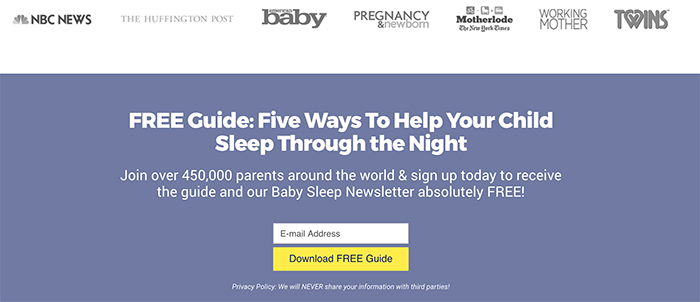

.jpeg)

